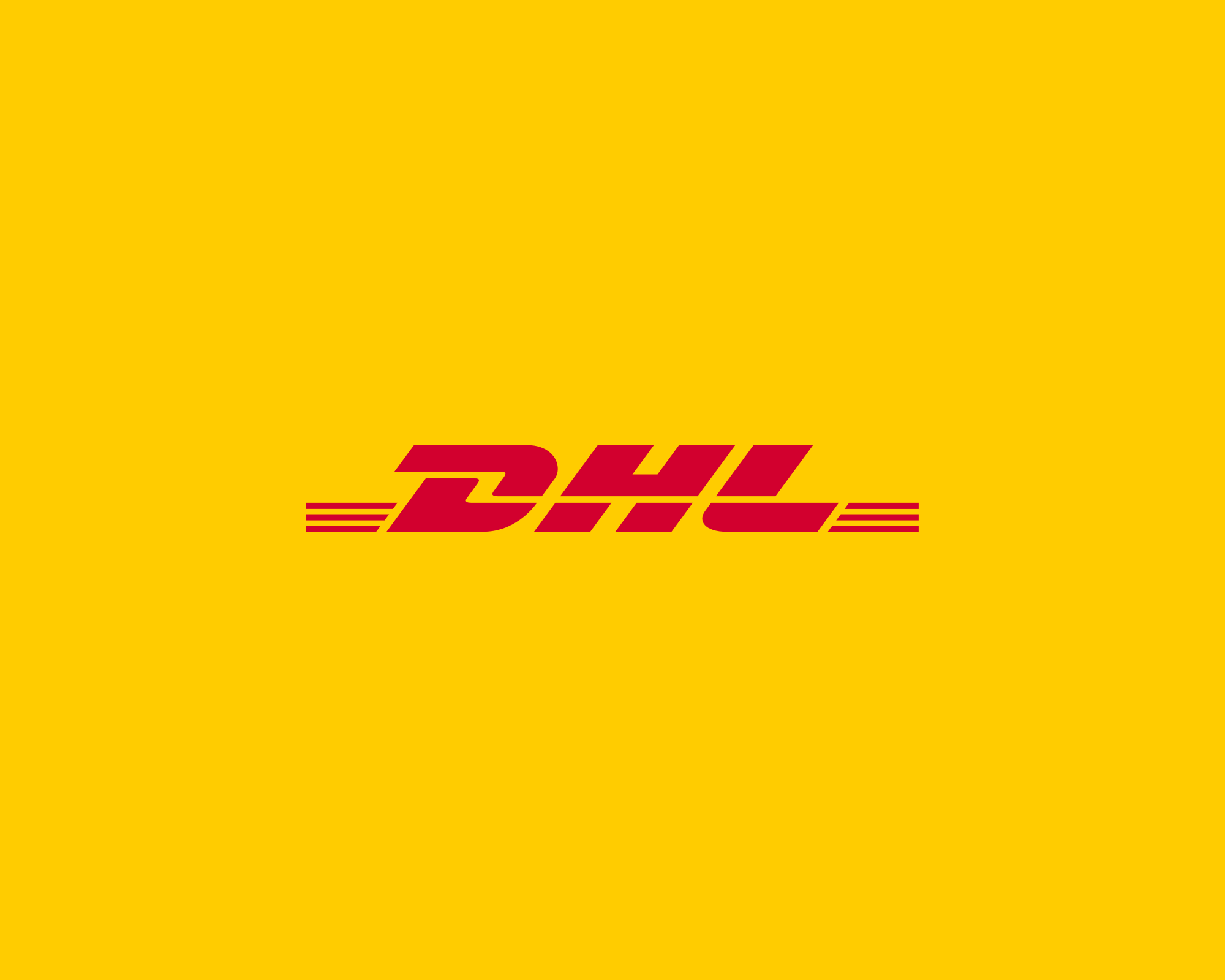When those 2016 Year in Review pieces start appearing, one of the news stories featured will be the resumption of business and commercial interests in Iran, after years of that nation being off-limits due to economic sanctions, reads an article published by US magazine Global Trade. The following is an excerpt of the piece.
The demand for logistics solutions in particular is on the rise, and companies like DHL Freight are eager to fill the void. DHL recently installed two competence centers in Germany and Turkey for the more efficient handling of exports to Iran.
Truckloads destined for Tehran are being filled by a wide range of European companies, now that weekly departures for groupage shipments are available. German trade associations in particular are looking forward to an increase in bilateral trade, which will require a functional logistics network and stable trade lanes, both of which are in development.
Maersk Line is also reentering the Iran market after a five-year absence at a time when global container trade is down around the world.
Maersk’s Iran business will be managed by a team that oversees a cluster of countries, which also includes the UAE, Oman and Qatar.
Access to the new market “will present significant growth opportunities”, said the cluster’s head of sales, Marcus Connolly.
Risk Vs. Reward
Iran is the second largest country in the Middle East with a population of 80 million and an estimated GDP of $435 billion, with expected growth of 5.8-6.7% in the next two years.
The country is also positioned as a global trade gateway to the Commonwealth of Independent States, a market of more than 400 million.
So despite concerns over regulation and reputation, that opportunity explains the caravan of container carriers that started resuming service to Iran back in January. Mediterranean Shipping Co. has returned, as has CMA GGM. Panalpina began planning for a potential lifting of sanctions two years before it happened and now offers regular air, ocean and road services to Iran.
The Iranian port at Bandar Abbas now welcomes ships from Evergreen, Hyundai, OOCL, Hanjin, “K” Line, KMTC, X-Press, Yang Ming and many more.
However, most of the primary sanctions applicable to Iranian individuals and companies remain in effect, contrary to the beliefs of those who thought they were wiped away by the Joint Comprehensive Plan of Action.
The deal lifted all nuclear-related secondary sanctions, but several activities are still prohibited. This includes direct or indirect export or reexport of US goods, technology or services, without separate authorization from the Office of Foreign Assets Control.
For other products, such as civil aircraft, a separate special license is required for American firms to do business with Iran. That restriction does not apply to EU-based businesses.
Making America Wait Again
With very few exceptions, US citizens are still prohibited from doing business with Iran or the Iranian government.
As freight forwarders and third-party logistics providers throughout Europe and Asia plan for a surge of renewed energy exports and consumer goods imports, it’s non-business as usual for American business.
Given the dearth of capital investment in Iran dating back 30 years, there are also significant infrastructure building opportunities to support the expansion in global trade.
So, while companies like UK-based Seafast Logistics are forming joint ventures with Iranian logistics providers on container shipping, break bulk, project cargo, refrigerated goods and air freight into and from all Iranian ports, US logistics firms can only watch and wait for something to change.


